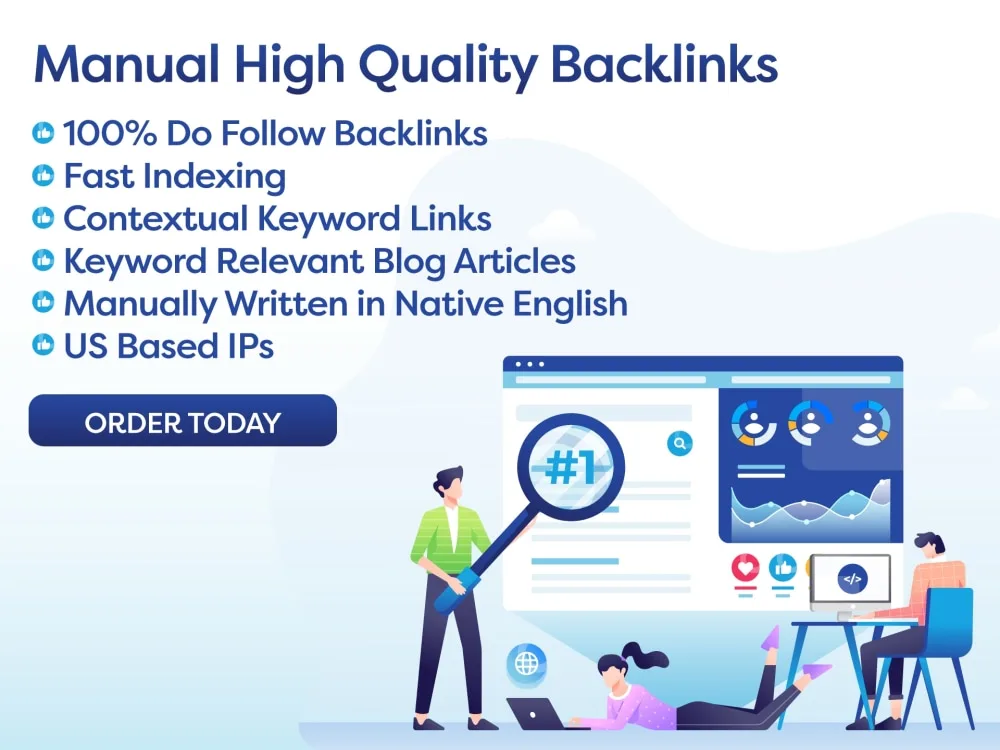Long-form content is essential for SEO success, providing in-depth information that demonstrates expertise and authority. To create engaging long-form content, focus on quality by using headings, subheadings, and relevant keywords naturally integrated throughout the text. Compelling headlines and engaging introductions are crucial for capturing reader attention. Utilize targeted keywords and optimize content for search engines through on-page elements. Incorporating visuals and using internal and external links can enhance the value of long-form content. By following these strategies and creating high-quality, well-structured content, businesses can improve their online presence and attract more organic traffic to their website.
Excerpt: Long-form content for SEO is essential for beginners looking to boost their online presence and rankings. Learn how to create compelling, informative content that will help you stand out in search results.
Introduction:
In today’s digital world, having a strong online presence is crucial for businesses of all sizes. Search Engine Optimization (SEO) plays a key role in helping websites rank higher in search engine results pages (SERPs). One effective strategy for improving SEO is the creation of long-form content, which not only provides value to readers but also signals to search engines that your website is a reliable source of information. As beginners in the world of SEO, understanding the importance of long-form content and how to create it can give you a competitive edge in the online space.
Key Takeaways:
1. Long-form content is essential for improving SEO rankings.
2. The structure and quality of long-form content play a significant role in its effectiveness.
3. Utilizing targeted keywords and optimizing content for search engines is important for SEO success.
4. Including visual elements and using internal and external links can enhance the value of long-form content.
Key Point 1: Long-form content is essential for improving SEO rankings.
– The Benefits of Long-form Content:
Long-form content refers to articles, blog posts, or web pages with a higher word count, typically ranging from 1,200 words to 2,000 words or more. Search engines like Google tend to favor long-form content because it provides in-depth information on a particular topic, demonstrating expertise and authority. By creating long-form content, you increase the likelihood of ranking higher in search results and driving organic traffic to your website.
– How to Create Engaging Long-form Content:
When creating long-form content, it’s essential to focus on quality over quantity. Make sure your content is well-researched, informative, and structured in a logical way. Use headings, subheadings, and bullet points to break up the text and make it easier for readers to digest. Incorporate relevant keywords naturally throughout the content to improve its SEO value.
Key Point 2: The structure and quality of long-form content play a significant role in its effectiveness.
– Crafting Compelling Headlines:
The headline of your long-form content is the first thing readers see, so it needs to grab their attention and entice them to click. Use power words, numbers, and questions to make your headlines more compelling. Make sure your headline accurately reflects the content of the article to avoid misleading readers.
– Writing Engaging Introductions:
The introduction of your long-form content should hook readers and provide a preview of what they can expect from the rest of the article. Start with a question, surprising fact, or anecdote that piques curiosity and encourages readers to keep reading. Clearly state the purpose of the article and why it’s relevant to the reader to keep them engaged.
Key Point 3: Utilizing targeted keywords and optimizing content for search engines is important for SEO success.
– Conducting Keyword Research:
Before creating long-form content, research relevant keywords that your target audience is searching for. Use tools like Google Keyword Planner or SEMrush to identify high-volume keywords with low competition. Incorporate these keywords strategically throughout your content to improve its visibility in search results.
– On-Page SEO Optimization:
Optimizing your long-form content for search engines involves more than just inserting keywords. Pay attention to on-page elements like meta titles, meta descriptions, and image alt tags. Use internal links to connect related content on your website and external links to reputable sources to boost your credibility in the eyes of search engines.
Key Point 4: Including visual elements and using internal and external links can enhance the value of long-form content.
– Incorporating Visuals:
Visual elements like images, infographics, and videos can make your long-form content more engaging and appealing to readers. Visuals break up the text and help illustrate key points, making the content easier to understand and more memorable. Be sure to optimize images for SEO by using descriptive filenames and alt text.
– Link Building Strategies:
Internal links help search engines crawl and index your website more effectively while providing readers with additional resources to explore. External links to reputable websites demonstrate that your content is well-researched and trustworthy. Incorporate a mix of internal and external links in your long-form content to enhance its value and authority.
Action Plan:
1. Research relevant keywords for your target audience and incorporate them into your long-form content.
2. Create high-quality, well-structured long-form content that provides value to readers.
3. Optimize your content for search engines by including meta titles, meta descriptions, and internal and external links.
4. Incorporate visual elements like images and videos to enhance the engagement of your long-form content.
Conclusion:
In conclusion, long-form content is a powerful tool for improving SEO rankings and driving organic traffic to your website. By creating compelling, high-quality content that is optimized for search engines, you can establish your website as a reliable source of information and attract more visitors. Remember to focus on the structure, quality, and optimization of your long-form content to maximize its effectiveness in the online space.
FAQ:
Q: How long should my long-form content be for SEO purposes?
A: Long-form content typically ranges from 1,200 words to 2,000 words or more, but the length can vary depending on the topic and your target audience. Focus on providing valuable information that is comprehensive and well-researched to achieve optimal SEO results.
Q: How can I find relevant keywords for my long-form content?
A: Use keyword research tools like Google Keyword Planner, SEMrush, or Ahrefs to identify high-volume keywords that are relevant to your target audience. Look for keywords with low competition to increase your chances of ranking higher in search results.

